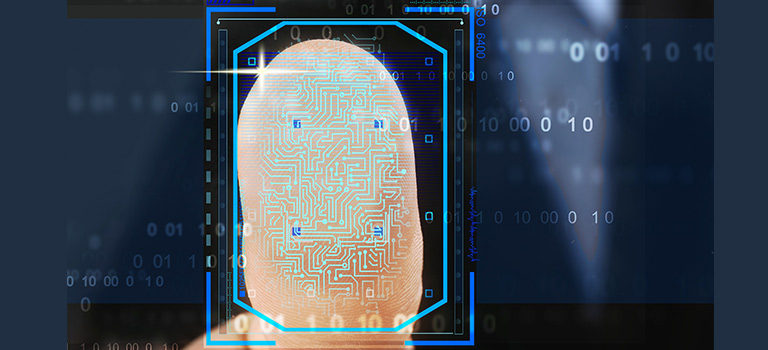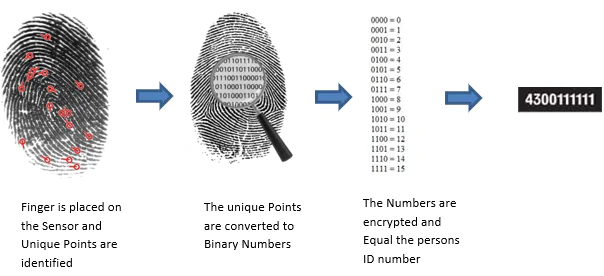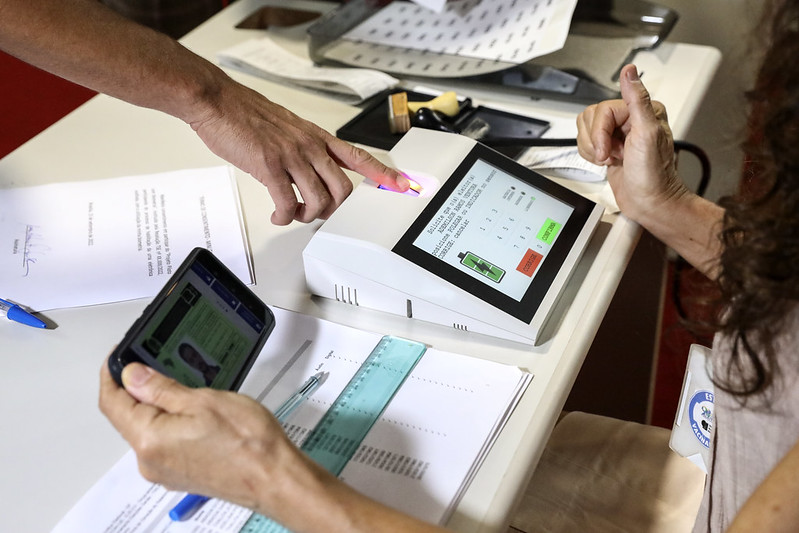Are you worried about slow fingerprint checks? I get it. Quick verification matters. Let me show you how these devices work so fast.
Fingerprint scanners use sensors to detect unique ridge patterns, convert them into digital data, and compare with stored templates. This matching process takes only seconds.

I once tested a rugged fingerprint tablet under tight deadlines. Its speed amazed me. Let me walk you through the science behind this rapid identification.
[Table of contents]
- Why Do Fingerprint Scanners Work So Quickly?
- Are Different Sensors Equally Fast?
- How Does My Experience with X-Telcom Help?
- Conclusion
Why Do Fingerprint Scanners Work So Quickly?
I often wondered how my 5-inch fingerprint terminal reads data so fast. The secret lies in sensor efficiency and powerful matching algorithms.
They capture the ridges with precision, transform those into encrypted codes, and quickly check them against stored profiles.

Dive Deeper into Sensor Speed
I have seen two main sensor types: optical and capacitive. Both detect fine details.
| Sensor Type | How It Works | Typical Use |
|---|---|---|
| Optical | Uses light reflection | Access control devices |
| Capacitive | Measures electrical signals | Smartphones, tablets |
Each sensor uses a streamlined algorithm that quickly converts captured data into a digital format. This speed is vital in government or telecom tender projects. When Zahid, a vice president in Pakistan, requested fast authentication, I recommended optical scanners for large deployments. They handle high volumes.
Are Different Sensors Equally Fast?
I noticed some clients worry about speed differences between sensor models. They ask if advanced sensors are always faster.
High-end sensors often deliver quicker matches, but efficient software integration also matters for swift results.
Dive Deeper into Software Integration
Hardware alone does not guarantee top speed. I see many integrators undervalue the role of software.
The Role of Firmware
Firmware updates can improve scan times and accuracy. At X-Telcom, we release periodic updates based on real project feedback.
The Impact of Processor Power
I often suggest robust processors for large-scale deployments. This ensures stable performance under heavy loads. Zahid once tested a Bluetooth fingerprint scanner with a limited CPU and noticed slower matching. We then upgraded to a higher-spec version.
How Does My Experience with X-Telcom Help?
I have worked on biometric hardware for years. I saw how sensor design and firmware updates make scanning faster.
X-Telcom manufactures face and fingerprint devices, aiming for quick and reliable user validation. We focus on sensor quality and software optimization.

Dive Deeper into Our Offerings
I handle requests from bankers, telecom firms, and government projects. My tasks include matching devices to tender specs. I see how reliability and speed shape success.
| Product Line | Key Feature | Typical Project |
|---|---|---|
| Fingerprint Tablet | Rugged design | Field data collection |
| USB Scanner | Plug-and-play | Bank teller counters |
| Industrial Fingerprint Tablet | Dust and water resistant | Outdoor enrollments |
Zahid in Pakistan demands quick captures. My team customizes solutions and provides rapid support. We also assure warranties and spare parts. That way, project timelines stay on track.
Conclusion
Reliable hardware plus strong software equals fast fingerprint scans. This formula ensures quick, accurate matches.



